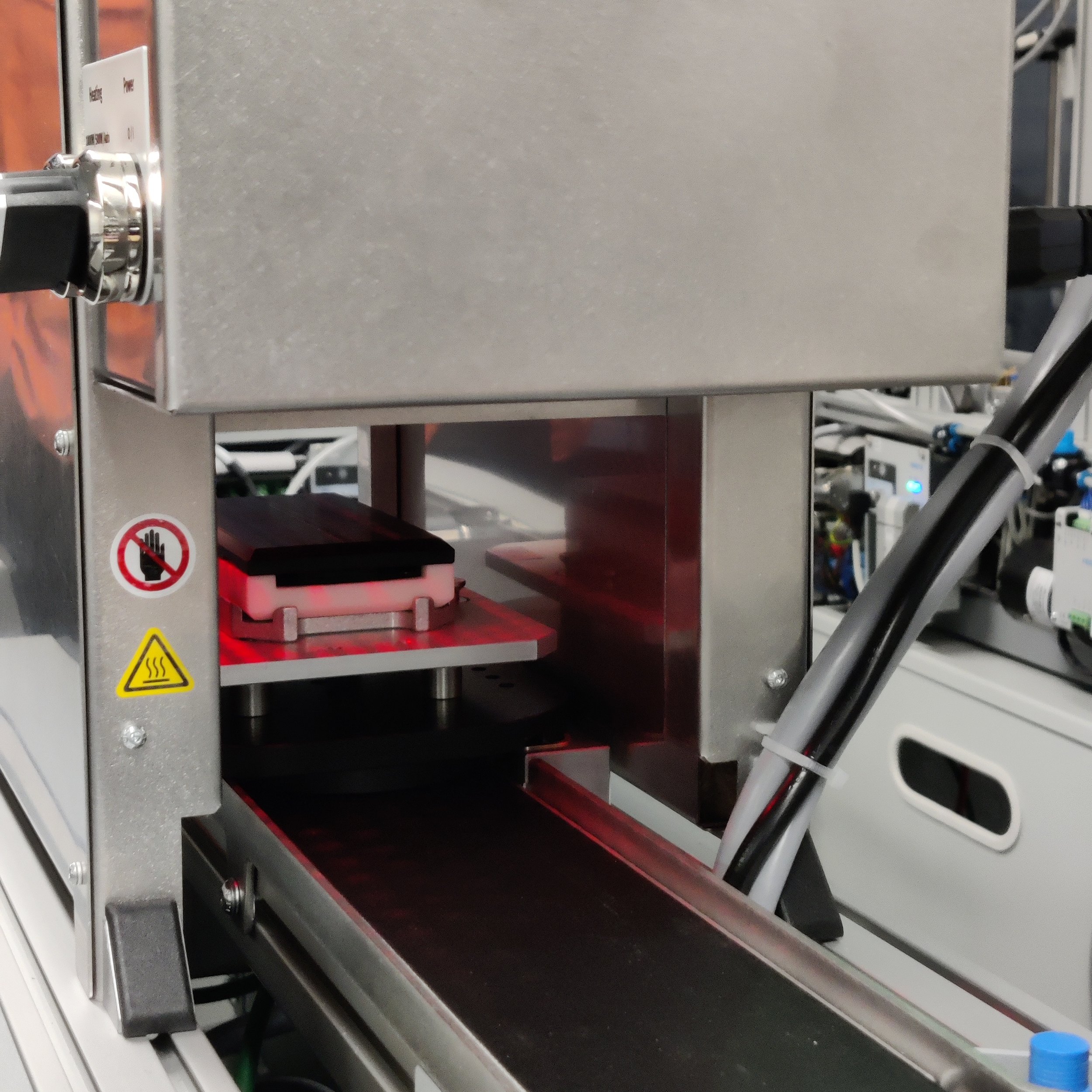DIGITAL MANUFACTURING - WEEK ELEVEN: SUMMARY AND CONCLUSION
Author: Callum Baxter Date 07/05/2023 Topic: Digital Design and Manufacture
INTRODUCTION
This blog will act as a conclusion for the Digital Manufacturing module and will give a comprehensive overview of the skills and knowledge accrued through completing the coursework and engaging in the teaching sessions. A personal reflection will also be made to review the impact this module may have on my job prospects and how what I have learnt may help to improve my employability and support my career goals.
Summary - Digital Manufacturing Module
This digital manufacturing module was completed as a part of my MSc in Digital Design and Manufacture at Manchester Metropolitan University. The aim of this module was to investigate the use of digital technologies within contemporary manufacturing strategies. The coursework and taught sessions covered how companies can use data to optimise production for repeatable dimensions and tolerances, automate ares of a production line to increase production output, measure the quality and quantity of parts produced and compare them to established standards, and create digital twins that simulate real-world production lines in an effort to better predict maintenance issues and accurately forecast production targets.
Throughout this module industrial engineering software such as Siemens NX, Siemens Tecnomatix (Plant Sim), Siemens Mindsphere, the Siemens Insights Hub, and Autodesk Fusion 360 was used to provide an insight into the type of workflows used within modern manufacturing companies. Hardware such as structured light scanners, a range of additive manufacturing machines, and a FESTO Cyber-Physical assembly line was used to design and manufacture functional parts according to a detailed engineering drawing, to scan existing parts to use as a point of comparison for prototypes, and to test the manufactured parts within a mock assembly line.
The use of additive manufacturing as a production process presented issues regarding dimensional accuracy, repeatability, machine availability, and material costs. To mitigate some of these issues, different additive manufacturing technologies and post processing methods were investigated and the importance of consistency within these processes was highlighted as an integral element when producing accurate and repeatable parts. The technologies available to use were limited to those within PrintCity, therefore only stereolithography and fused filament fabrication printers were used to manufacture prototype phone cases (as shown in Week Three’s Blog).
Tecnomatix provided the ability to use real-world data to inform the simulation of a digital representation of a real-world production process. Therefore, Siemens Tecnomatix was used to simulate the Festo Cyber-Physical Assembly line and my theoretical additive manufacturing factory. I was able to simulate the Festo Cyber-Physical Assembly line using real world data collected via Siemens Mindsphere and use this data to inform the processing times of the each station. This meant that my simulation was accurate and closely represented the capabilities of the real-world assembly line.
The production capabilities of the Festo assembly line were maximised within Siemens Technomatix as an extra-curricular challenge. Working within a budget of £1,000,000 it was found that an improved assembly line could produce 4,440 phone cases within any 24 hour period and 1,622,060 phone cases over the course of a year. This resulted in profits of over £30,000,000 after worker and machine costs were taken into consideration. The final blog post discusses completing this challenge in more detail and provides screenshots of the digital twin used to determine the optimal amount of machines and workers.
Stereolithography (SLA) was chosen as a production method to manufacture the final prototype phone case that was submitted for 1CWK40 in April. SLA was used because it utilises similar technology, materials, and post processing methods to those used with the Digital Light Processing (DLP) machines that I had chosen to simulate within Siemens Tecnomatix (Plant Sim).
Throughout this module I have also had exposure to the Festo cyber-physical assembly line and explored the function of each processing station and how data from onboard sensors can be uploaded to the cloud and used within the Siemens ecosystems to inform a digital twin. This principle can be applied to other similar processes. Incorporating sensors in existing factories is an effective way for companies to assess their production capabilities and create realistic production forecasts.
The buttons below will allow you to download and view the digital twins of both my additive manufacturing factory and the Festo cyber-physical assembly line.
Future Career Prospects
The knowledge I have accrued whilst completing the coursework and attending the lectures within this module have helped to increase my employability and provide me with a competitive manufacturing/engineering skillset. From my experience visiting companies such as Autodesk, Heineken and Lego, I have witnessed the need for manufacturing professionals to be familiar with Siemens engineering software. Companies such as Heineken are looking to adopt Siemens software to produce digital twins of their production facilities and companies such as Lego are already utilising Tecnomatix to simulate their newly developed additive manufacturing facility in Billund, Denmark. Therefore, having knowledge about how to use both Siemens Tecnomatix and how connect it to real world sensors using Siemens Mindsphere will help to increase my employability. My ability to use this software is a valuable inclusions on my CV and a useful talking point in an interview.
I aspire to use the knowledge I have gained throughout this module to support the use of additive manufacturing technologies by consumer goods companies. I hope to have a fulfilling career developing additive manufacturing as a viable mass-manufacturing process and optimising its use within consumer goods companies. I believe this type of work would suit my research and development ambitions and develop upon the knowledge I have gained completing this and other modules on my MSc.

